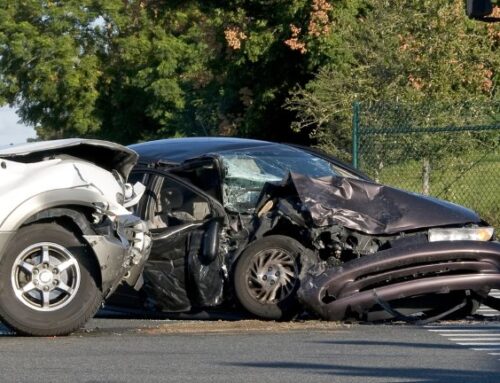Commercial 18-wheelers still a danger on South Texas highways
A new report published by the San Antonio Express News finds that
traffic fatalities in the Eagle Ford Shale area are down but the total
number of wrecks are up.
But, the slight drop in the number of fatalities is a small
consolation to people living in the region.
“We’ve seen a number of fatalities this year already,” the paper
quoted LaSalle County Judge Joel Rodriguez as saying. “We’re taking it
one day at a time. All our family and friends travel these roads, and
it’s scary. There’s a high probability that something may happen.”
“The statistics say fewer locals are being hurt in wrecks,” said Craig
Brown, an attorney with Cappolino | Dodd | Krebs, “but that’s often
because people are often terrified to get on the road. A lot of
normal local people are driving with eyes wide open, ready to hit the
bar ditch at any time, at no more than 50 mph. At any moment you
could be struck and killed out of no where by one of these trucks.”
According to a Texas Department of Transportation press release, 2013
saw 3,430 traffic crashes in the Eagle Ford Shale region that resulted
in serious injuries or fatalities. That’s a 26 percent jump in the
number of crashes over 2012.
The 26-county region that stretches from Laredo to Huntsville saw 236
fatalities, a 16-percent decrease from 2012.
The leading causes of crashes in the region were failure to control
speed and driver inattention. The most dangerous times of day were
around 9 a.m. and 5 p.m.
The epicenter of the oil and gas boom is, arguably, Karnes, LaSalle
and Dimmit counties. A DPS report, released last year, stated that
from 2009 to 2011, the number of crashes in those three counties
involving a commercial vehicle increased 470 percent while the number
of total crashes increased 98 percent.
La Salle County alone had 88 crashes, with 14 involving commercial
vehicles in 2009. Two proved fatal. Last year, there were 231 crashes,
125 involving commercial vehicles, according to Texas Department of
Transportation data. Eight crashes were fatal, including a collision
of a semi-truck and an oil tanker, which triggered an explosion that
melted both vehicles.
“There are still an awful lot of people getting killed on our
highways,” said Brown, adding that many commercial truck wrecks could
be traced to areas where management cut corners on truck maintenance
or training, or that drivers are kept on duty for too many hours.
“What we know for certain is that trucks with bad brakes and tired
drivers are all too common, and now there are thousands of them on the
road.”
TxDOT’s Be Safe. Drive Smart campaign offers the following common
sense advice for drivers to help reduce their risk of becoming a crash
statistic:
- Always buckle up.
- Pay attention, which means no talking or texting on cell phones or
- engaging in any other distracting behaviors.
- Give trucks space.
- Drive a safe speed that takes traffic, road conditions and weather into account.
- Stop for all stop signs and red lights.
- Pass carefully




